
FC 24 Trailblazers Leaks: Every Player Leaked So Far
FC 24 Trailblazers leaks including every player already announced, the new card design, release date and more for the Ultimate Team promotion.
2023-10-12 03:49
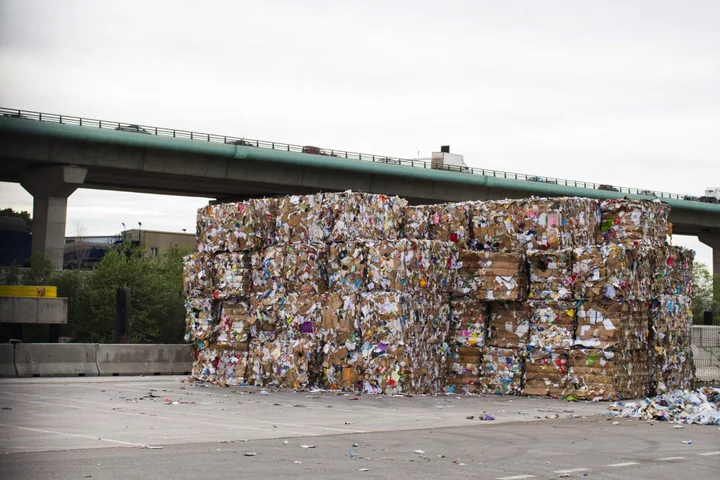
Goldman Executive Has ESG Strategy to Dodge Hedge Fund Attacks
As short sellers target traditional green stocks being hammered by inflation, an executive at the fund management arm
2023-10-12 03:48

When Can I Pre-Load Spider-Man 2?
Find out when you can pre-load Marvel's Spider-Man 2 in this article.
2023-10-12 03:22

Wendy’s Looks to Move Lettuce Into Greenhouses Due to Climate Change
Wendy’s Co. is trying to shift more of its US lettuce supply to greenhouses amid climate change and
2023-10-12 03:22

How Long is Assassin's Creed Mirage?
Here's how long players can expect to spend on Assassin's Creed Mirage based on gameplay style.
2023-10-12 03:15

Fortnite LEGO Sets Leaked: Price, Release Date, Sets
Leaked Fortnite LEGO sets reveal a Llama Polygon coming in 2024, giving fans a chance to build iconic features of the Battle Royale in real life.
2023-10-12 02:53
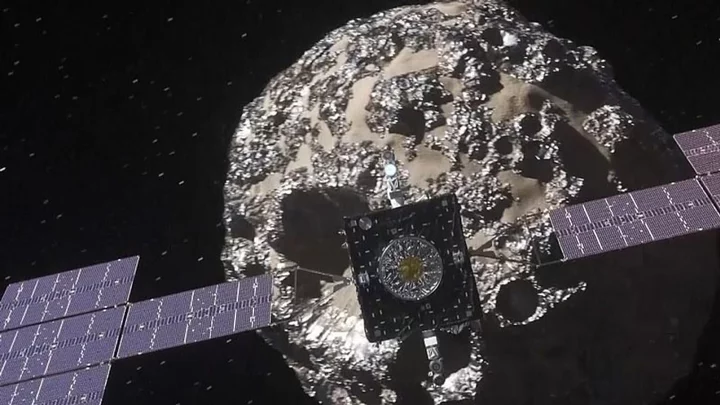
NASA releases first photos and findings from Bennu asteroid sample
NASA has lifted the lid on its first findings about the Bennu sample, one of the "most hazardous known asteroids". The highly-anticipated sample from the OSIRIS-REx’s mission took seven years to complete and finally made a safe landing on Sunday 24 September. Scientists audibly gasped upon opening the capsule. They kept details to a minimum and maintained a slow pace in progress for "good reason," as they received more material than expected. "The abundance of material found when the science canister lid was removed earlier this week has meant that the process of disassembling the TAGSAM (Touch-and-Go Sample Acquisition Mechanism) head – which holds the bulk of material from the asteroid – is off to a methodical start," they said a the time. That was until now... On Wednesday 11 October, the space agency shared details for the first time from NASA experts and the University of Arizona. NASA said there were signs of water and carbon on the sample through hydrated clay minerals that contain carbon. "At nearly 5% carbon by weight, carbon being the central element of life, far exceeding our goal of 60g, this is the biggest carbon-rich asteroid sample ever returned to earth," Administrator Bill Nelson said, adding that it was "exactly the kind of material that we wanted to find." He went on to suggest that "they are going to help us determine the origin of elements that could have led to life" and provide a greater understanding of how to protect Earth from asteroids. Scientists also revealed that the sample contained space dust from asteroid Bennu. NASA showed the audience the sample on a video to protect the sample and to prevent contamination. Speaking about working through a glove box to analyse the sample, Francis McCubbin, astronomical curator at NASA's Johnson Space Centre said: "[It is] "hard, challenging work, and it does not go quickly, but we need to do this right". The samples will be preserved so that "scientists that aren't even born yet are going to have the opportunity to answer questions about our universe with these samples using technology that has not even been invented." Sign up for our free Indy100 weekly newsletter Have your say in our news democracy. Click the upvote icon at the top of the page to help raise this article through the indy100 rankings.
2023-10-12 00:21
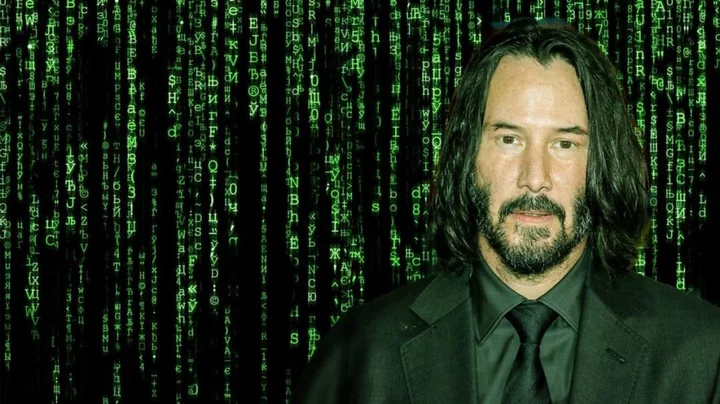
Scientist publishes 'evidence' that we really could all be living in the Matrix
“The Matrix is everywhere. It is all around us. Even now in this very room." So says Laurence Fishburne’s Morpheus in sci-fi classic ‘The Matrix’ as he offers Keanu Reeves’s Neo the choice to find out just how “deep the rabbit hole goes”. Now, just as Neo discovered that the "life" he'd been living was little more than an algorithmic construct, scientists and philosophers are arguing that we could be stuck inside a simulation ourselves. In a paper published earlier this month, physicist Melvin Vopson, of the University of Portsmouth, offered scientific evidence for a philosophical theory known as the simulation hypothesis. This, in a nutshell, posits that the entire universe and our objective reality are just super-advanced virtual reality illusions. Elon Musk is among the well-known fans of the theory, which – as Dr Vopson notes in his paper – has been “gaining traction in scientific circles as well as in the entertainment industry”. The university lecturer also pointed out that recent developments in a branch of science known as information physics “appear to support this possibility”. Information physics suggests that physical reality is fundamentally made up of bits of information. However, Dr Vopson has gone further and is working to prove that information has a physical mass and is a fundamental building block of the universe. He even claims that information could be the mysterious dark matter that makes up almost a third of the universe. In previous research, the physicist proposed that all elementary particles (the smallest known building blocks in the universe), store information about themselves, much like DNA in humans. Then, in 2022, he discovered a new law of physics, christened the second law of infodynamics, which states that entropy – the degree of randomness or disorder – within an isolated information system either remains constant or decreases over time. In other words, the system becomes less and less chaotic, implying that there is some kind of mechanism governing it rather than random chance. “I knew then that this revelation had far-reaching implications across various scientific disciplines,” Dr Vopson said in a statement released by the University of Portsmouth. “What I wanted to do next is put the law to the test and see if it could further support the simulation hypothesis by moving it on from the philosophical realm to mainstream science.” Is the Universe a Simulation? | Melvin Vopson www.youtube.com Dr Vopson employed the law in a range of different fields, including genetics, cosmology and even symmetry. Here, he found that the abundance of symmetry in the Universe (think snowflakes and facial structures) could be explained by the second law of infodynamics. "Symmetry principles play an important role with respect to the laws of nature, but until now there has been little explanation as to why that could be,” he said. “My findings demonstrate that high symmetry corresponds to the lowest information entropy state, potentially explaining nature's inclination towards it." Again, put simply, nature prefers things to be as well-ordered as possible. He continued: “This approach, where excess information is removed, resembles the process of a computer deleting or compressing waste code to save storage space and optimise power consumption.” As a result, this “supports the idea that we’re living in a simulation.” Dr Vopson is serious about this idea and, last year, even launched a crowdfunding campaign to test it. At the time, he announced that he had designed an experiment to determine whether we are all just characters in an advanced virtual world. “There is a growing community out there looking seriously at the possibility that information is more fundamental to everything than we think,” he said in a statement released back in December. “If information is a key component of everything in the universe, it would make sense that a vast computer somewhere is in control. “Assuming the universe is indeed a simulation, then it must contain a lot of information bits hidden everywhere around us. I’ve devised an experiment that proposes a way of extracting this information to prove it’s there.” His proposed experiment is based on his conclusion that information is physical and that elementary particles have a DNA of information about themselves. He posited that the information in an elementary particle could be detected and measured by using particle-antiparticle collision. “We can measure the information content of a particle by erasing it. If we delete the information from the particles, we can then look at what’s left,” he said in the December statement. “This experiment is highly achievable with our existing tools, and I’m hoping the crowdfunding site will help us achieve it.” And whilst the crowdfunder closed well before reaching its proposed £185,000 target, Dr Vopson still hopes to carry out the ambitious test. Following his most recent paper, he suggested the experiment had the power to confirm the “fifth state of matter in the universe” and “change physics as we know it.” Sign up for our free Indy100 weekly newsletter Have your say in our news democracy. Click the upvote icon at the top of the page to help raise this article through the indy100 rankings.
2023-10-11 23:00

The Mediterranean Sea Was Also Bizarrely Warm This Summer
July was the warmest month recorded in at least four decades in the Mediterranean Sea as the daily
2023-10-11 22:58
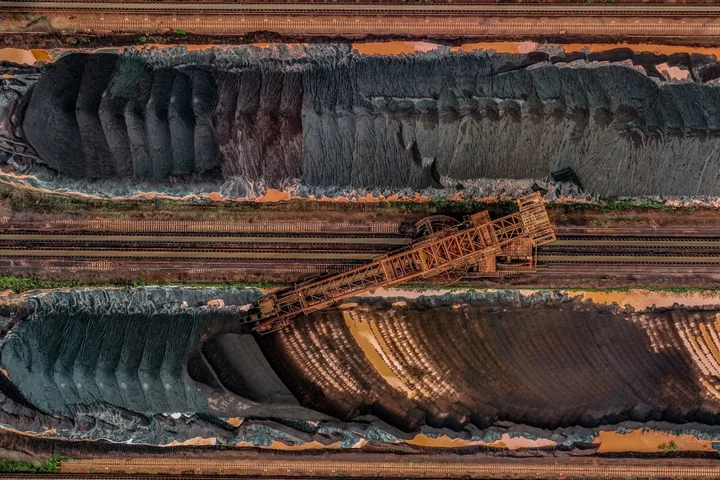
World’s Top Miners Need More Ambition To Meet Climate Targets
The world’s biggest miners including BHP Group Ltd. and Rio Tinto Group will face growing pressure from investors
2023-10-11 22:18
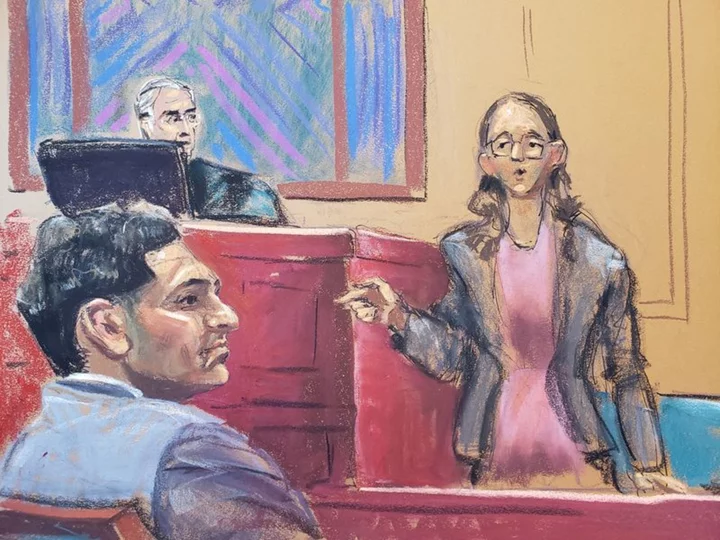
Caroline Ellison describes "constant dread" over crypto downturn at Bankman-Fried trial
By Jody Godoy and Luc Cohen NEW YORK (Reuters) -Caroline Ellison, the former co-head of Sam Bankman-Fried's hedge fund, testified
2023-10-11 22:18

Sony plans to launch a sleeker PlayStation 5
Sony is set to launch a sleeker version of the PlayStation 5 console.
2023-10-11 21:17
